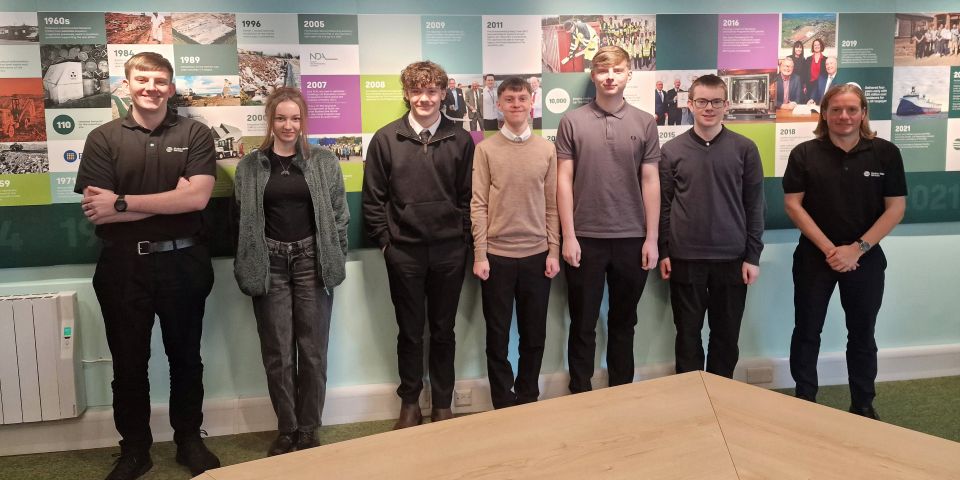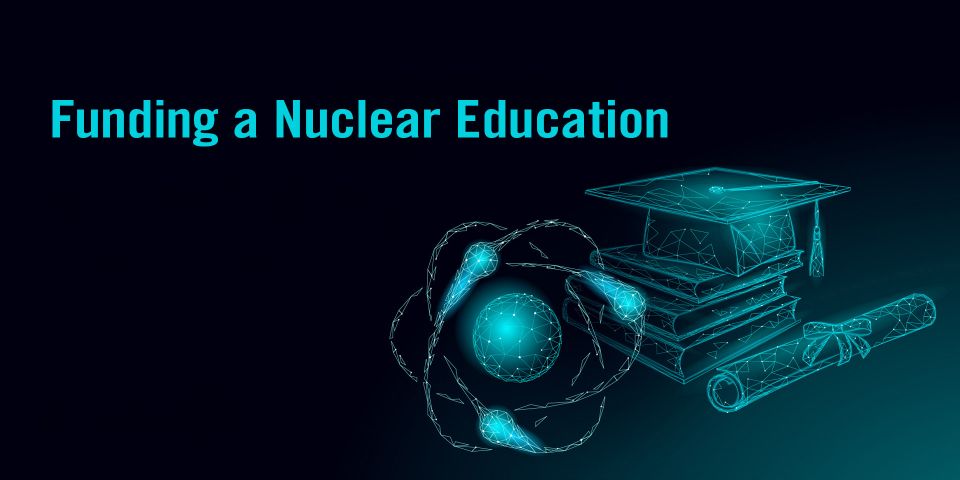Declining graduates, aging workers: The Oak Ridge Institute for Science and Education has found that the number of U.S. students graduating with nuclear engineering bachelor’s degrees decreased by 25 percent between 2012 and 2022, according to the article. As this decline in young engineers has been happening, the U.S. nuclear workforce has been aging, with 60 percent now between 30 and 54 years old, and 17 percent older than 55.
Increasing energy demands: Khan also notes that the Breakthrough Institute is forecasting that demand for nuclear energy will grow to make up 10–15 percent of the global energy mix by 2050, while Department of Energy statistics suggest a tripling in U.S. nuclear energy demand by that time. To keep pace, the global nuclear workforce will need to increase to 4 million people, with the U.S. workforce alone needing to grow from its current 68,000 to more than 200,000 workers.
Changing image problem? The growing demand for nuclear energy is at odds with the decreasing graduation numbers in nuclear engineering. Khan writes that some people in the nuclear industry attribute this dilemma to the industry’s image problem, which stems from a series of industrial accidents, such as those at Three Mile Island, Chernobyl, and Fukushima.
Nuclear’s image problem, however, may finally be changing, according to Khan, because of young people’s concerns about climate change, combined with their optimism in new nuclear technologies. Zoe Fisher, a Ph.D. candidate at the Massachusetts Institute of Technology, is quoted in the article as saying that more and more young people “see nuclear energy as key to cutting carbon emissions and fighting climate change.” Khan adds that a recent survey indicated that four in five Generation Z voters support “new generation” nuclear technologies.
Pros of nuclear jobs: Khan suggests that young people should seriously consider pursuing careers in the nuclear industry considering that “getting a job is easier [compared with other industries] because of rising demand for workers and a shortfall in expertise.” Moreover, ”data from the U.S. Bureau of Labor Statistics shows that compared with other engineering degrees, pay in the nuclear industry is only second to petroleum engineering, with the median salary at $125,460.”
Yet another attraction for the nuclear industry is the development of advanced nuclear technologies, such as small modular reactors, which “are luring young talent, while start-ups around nuclear fusion . . . are also attracting recruits from fields such as IT and computer science.” The article continues, “Demand for energy from artificial intelligence too is further adding to the equation with companies like Microsoft and Amazon.com eyeing the energy source to power their ever growing data centers.”
Khan notes that the Nuclear Energy Institute has been “working with labor unions to advertise the pros of nuclear jobs, saying that they are a safe long-term bet for people wanting a stable career.”
Diversification: The article concludes with a discussion of strong efforts within the U.S. nuclear sector to diversify its workforce. For example, the University of Michigan’s Department of Nuclear Engineering and Radiological Sciences is “working with elementary, middle, and high schools to expose them to nuclear sciences, advertising the discipline to students.” Professor Sara Pozzi is quoted in the article as saying, “We want to reach a diverse group of students and not exclude students of particular identities from these types of courses.”








